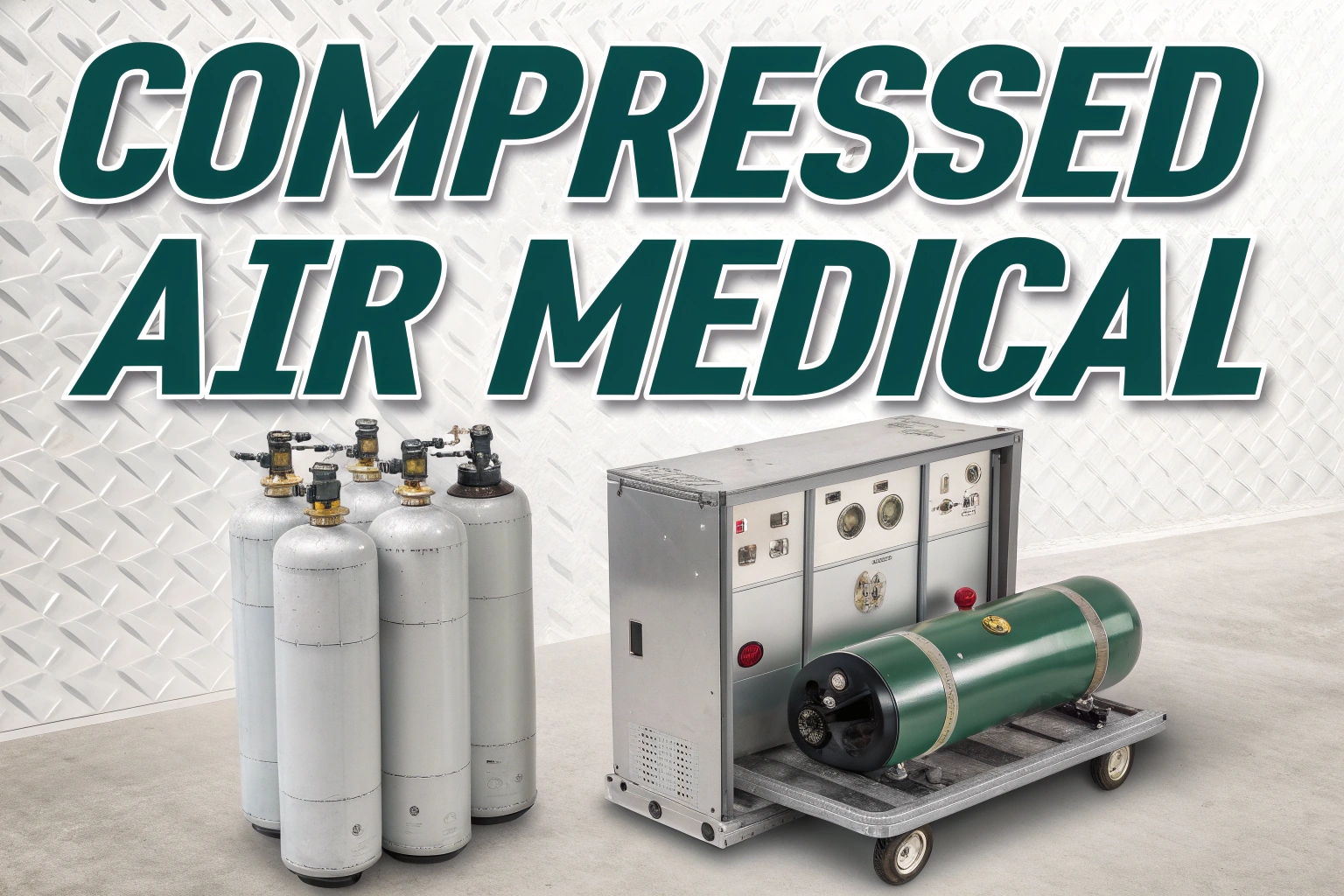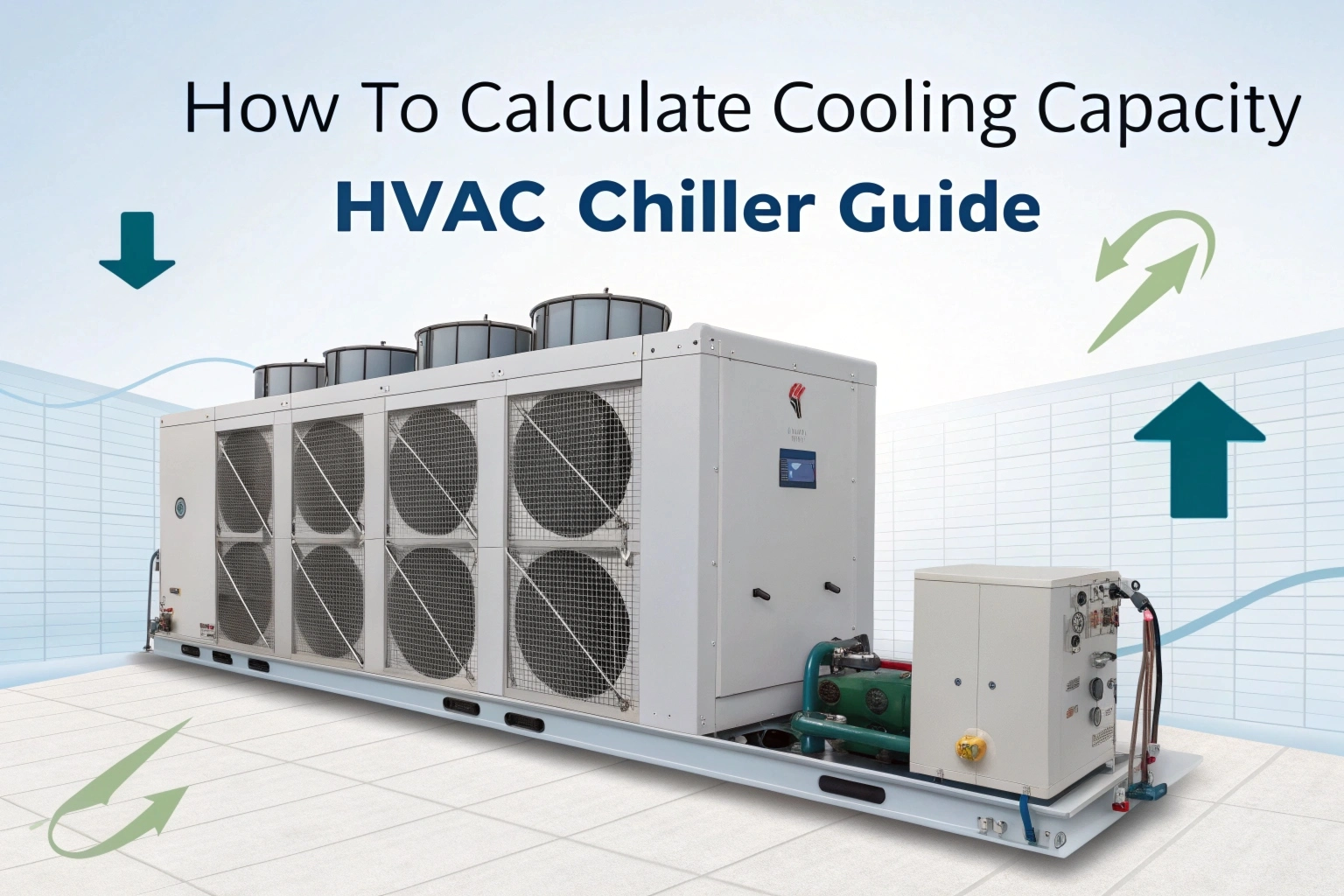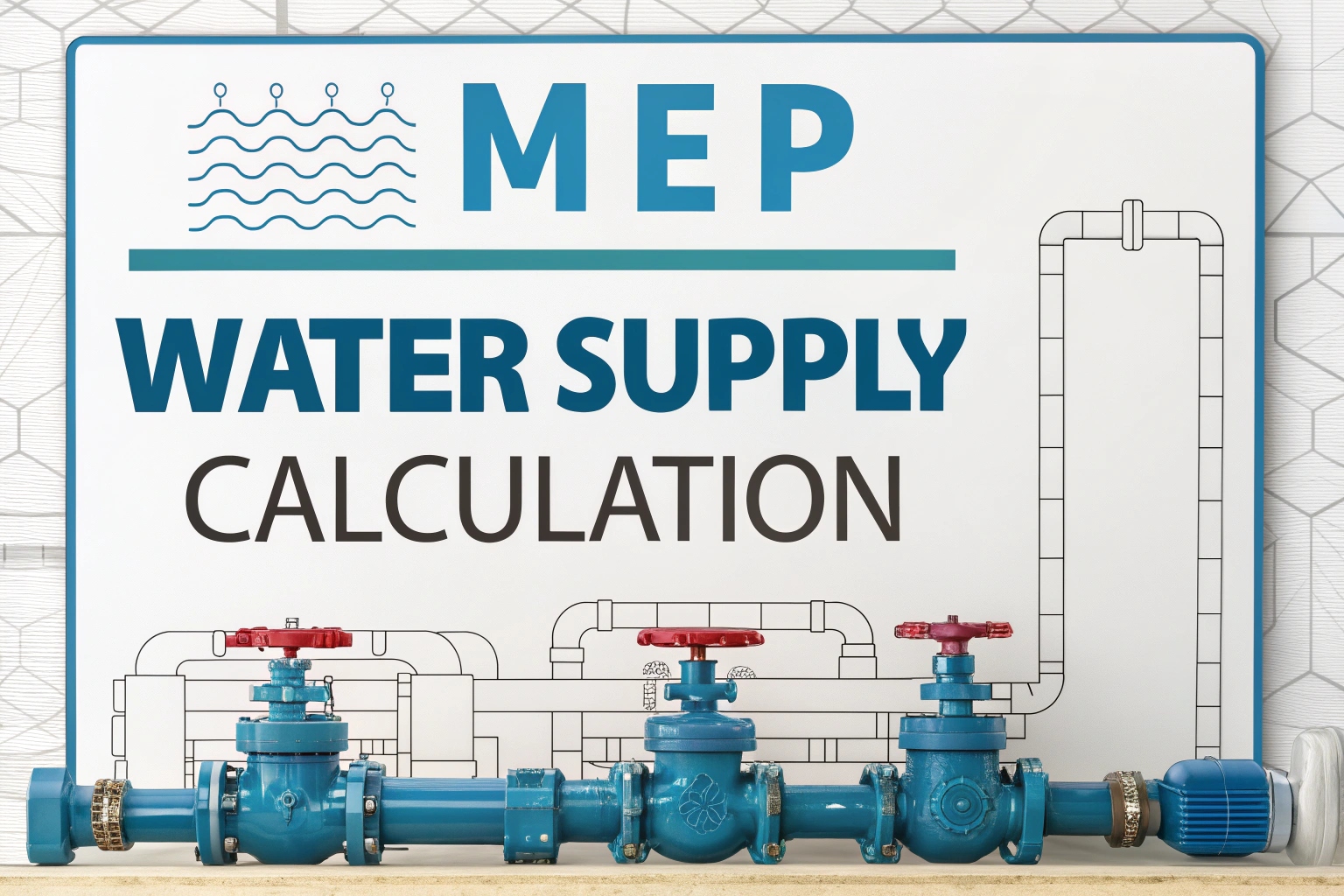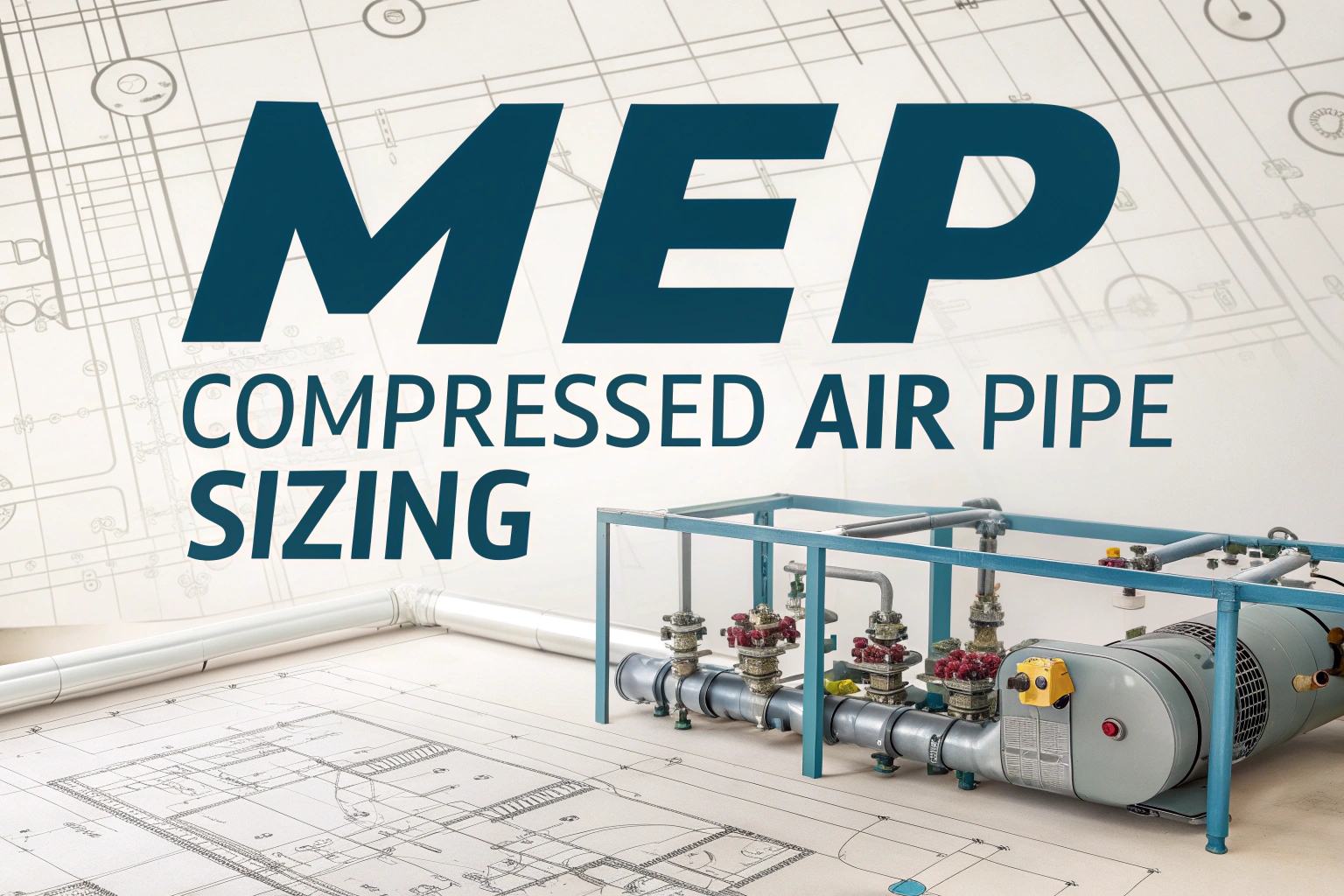Refrigeration Compressor Maintenance Guide: Refrigeration system is work good when compressor is maintained regularly. Compressor which is maintained good it runs smoothly and also consume less energy, it also increase life of compressor and reduce risk of sudden stop. our guide of compressor maintenance is in pdf form it have all step by step procedure, checklist and also have tips for troubleshooting which is written by expert for tecnician, managers and engineers.
Importance of Compressor Maintenance
Refrigeration compressors are the heart of any cooling system. Over time, wear and tear on moving parts, oil degradation, and accumulation of dirt can lead to:
- Reduced Efficiency: Increased power consumption and lower cooling capacity.
- Higher Operating Temperatures: Risking thermal overload and component damage.
- Leakage & Contamination: Moisture or non‑condensable gases entering the system degrade performance.
- Unplanned Failures: Costly downtime and emergency repair expenses.
Regular maintenance keeps performance metrics within specification, safeguards warranties, and supports sustainable operation.
Routine Inspection Checklist
Before every service cycle, perform a visual and operational check:
- Oil Level & Quality: Verify sight glass reading; look for discoloration or metal particles.
- Drive Belts & Couplings: Inspect for cracks, fraying, and proper tension.
- Electrical Connections: Tighten terminal lugs, inspect insulation, and check for corrosion.
- Vibration & Noise: Listen for unusual sounds and measure vibration levels to catch early bearing wear.
- Motor Windings: Use a megohmmeter to test insulation resistance and prevent electrical faults.
Completing this checklist weekly or monthly depending on run hours ensures early detection of minor issues.
Preventive Maintenance Tasks
Schedule these tasks at manufacturer‑recommended intervals (typically quarterly or biannually):
- Oil & Filter Change
- Drain old lubricant, replace the oil filter and strainers.
- Refill with specified grade and volume of compressor oil.
- Coil Cleaning
- Clean condenser and evaporator coils to remove dirt and oil film.
- Use environmentally safe coil cleaner and low‑pressure rinsing.
- Safety Control Tests
- Test high‑pressure cutout switch and low‑pressure protection.
- Verify operation of thermal overload relays and phase‑failure sensors.
- Valve & Seal Inspection
- Check inlet and discharge valve seating for wear.
- Inspect mechanical seals or shaft gaskets for leaks.
- Heat Exchanger Performance
- Measure sub‑cooling and superheat to confirm proper refrigerant charge.
- Adjust TXV or electronic expansion valve settings if needed.
Document each task in your maintenance log to track trends and plan component replacements.
Troubleshooting Common Issues
When performance deviates from expected values, use this diagnostic approach:
- High Discharge Pressure:
• Cause: Dirty condenser coils or overcharged refrigerant.
• Action: Clean coils, verify refrigerant charge, inspect fan motors. - Low Suction Pressure:
• Cause: Refrigerant undercharge, frozen evaporator, or TXV malfunction.
• Action: Check for leaks, defrost evaporator, test and calibrate expansion valve. - Oil Carry‑Over:
• Cause: Worn piston rings or valve damage.
• Action: Replace oil separators and inspect internal components. - Unusual Vibration:
• Cause: Misaligned coupling or bearing failure.
• Action: Realign shafts, replace bearings, and balance rotating assemblies.
Following systematic troubleshooting reduces guesswork and targets corrective measures efficiently.
Seasonal Start‑Up & Shutdown Procedures
Properly preparing compressors for seasonal changes prevents damage from standstill and moisture ingress:
- Shutdown:
- Recover refrigerant per EPA guidelines.
- Flush system with dry nitrogen to remove moisture.
- Drain oil and rotate the crankshaft by hand monthly to prevent bearing corrosion.
- Start‑Up:
- Inspect for leaks, refill oil, and restore refrigerant charge.
- Perform no‑load run to verify oil pressure and motor rotation.
- Gradually introduce load, monitoring pressures and temperatures.
Adhering to these procedures minimizes risk when restarting after extended downtime.
Refrigeration Compressor Maintenance Guide: Record‑Keeping & Reporting
Maintain accurate service records to support maintenance planning and warranty claims:
- Service Logs: Date, technician name, tasks performed, and readings.
- Component Histories: Track part replacements, filter changes, and oil analyses.
- Performance Trends: Chart power draw, discharge temperature, and superheat over time.











